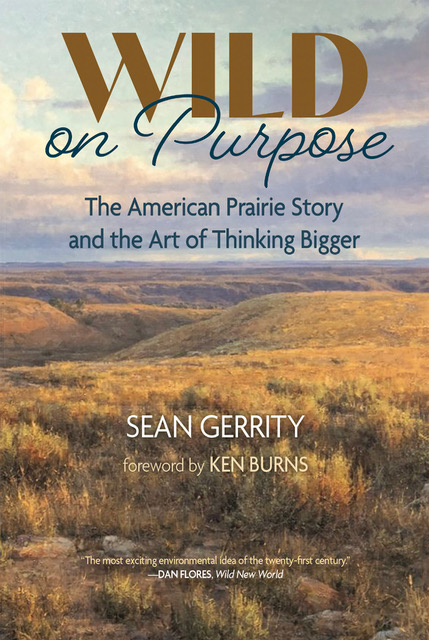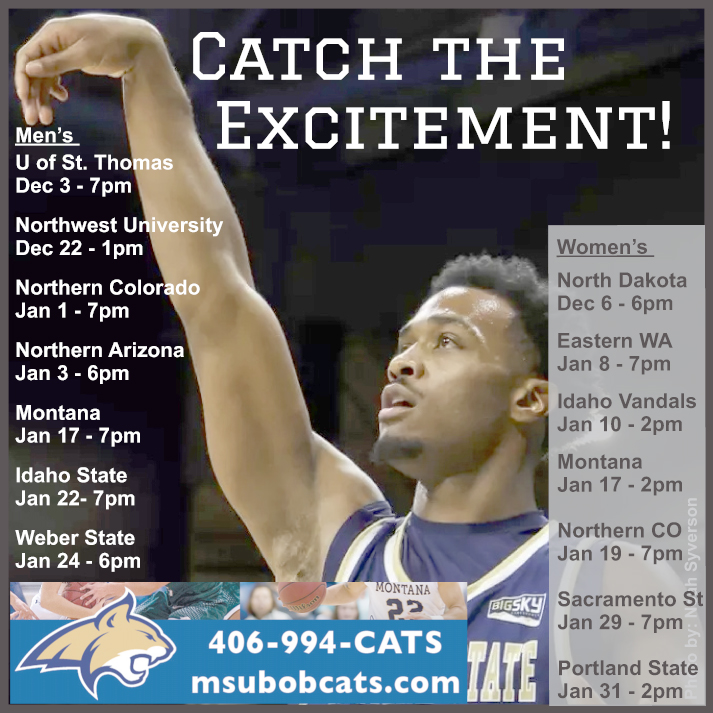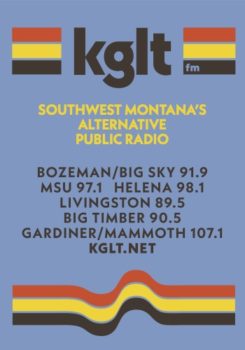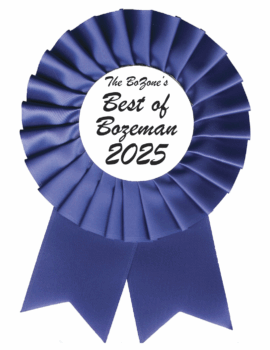Forest proposal shortchanges future ofGreater Yellowstone Ecosystem wildlife
by Glenn Monahan, Nancy Schultz, Joe Gutkoski, George Wuerthner, Nancy Ostlie, Phil Knight and Howie Wolkie
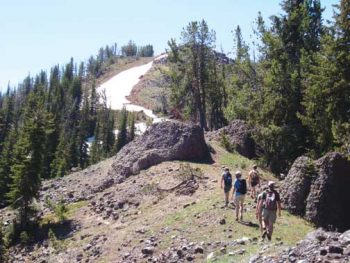
The Gallatin Forest Partnership represents a failure of its members to recognize the crucial importance of the Gallatin Range for the future of Montana’s precious wildlife populations, and a willingness to gamble away this resource by promoting development in prime wildlife habitat.
The starting point for any discussion of the Gallatin Range should be this: the Greater Yellowstone Ecosystem is universally recognized as the best intact ecosystem in the lower 48, and is considered to be the best functioning temperate ecosystem IN THE WORLD – with the full complement of wildlife that was here in pre-Columbian times. There is NO OTHER PLACE in the lower 48 that has such an intact, wildlife-rich ecosystem, and we shouldn’t gamble with its future! Gallatin Forest Partnership is proposing mechanized recreation (mountain bikes, motorcycles, ATVs) in THE BEST wildlife habitat in the lower 48!
The Gallatin Range provides a migration corridor that connects the abundant wildlife of Yellowstone National Park (YNP) with the Bangtail/Bridger ranges, northward to the Big Belts, and finally to the wildlife-rich Northern Continental Divide ecosystem, allowing crucial genetic mixing among wildlife populations.
The gaping flaw in the Partnership’s proposal is its willingness to sacrifice the Porcupine/Buffalo Horn (PBH) area, immediately north of the YNP boundary. PBH is an area of low relief, low elevation wildlands that is the best wildlife habitat north of the park. It’s the go-to place for wildlife migrating out of northern YNP during harsh winters. It is home to grizzlies, wolverines (only 300 remaining in the lower 48), and an elk-calving area in the spring. We advocate that Porcupine/Buffalo Horn be designated as Wilderness – the gold standard of protection – because of its importance to wildlife. Recognizing the PBH’s quality habitat, Montana Fish, Wildlife, and Parks manages ten sections of land there, with strong habitat-protecting restrictions.
Six of the thirteen members of the Gallatin Forest Partnership are mountain biking advocacy groups, BUT NO WILDLIFE ADVOCACY GROUPS were invited as participants. Many of us ride mountain bikes, but we don’t agree that the best wildlife habitat in the Gallatin Range should be promoted as a mountain biking playground at the expense of wildlife. Studies show that mountain bikes significantly disturb and stress wildlife, almost as much as motorized vehicles. It’s especially disturbing that The Wilderness Society, Montana Wilderness Association, and Greater Yellowstone Coalition are throwing their full weight behind the Partnership when we would expect these conservation groups to, first and foremost, protect wildlife habitat. With climate change and explosive growth, Montana’s wildlife will encounter challenges whose magnitude is difficult to anticipate, therefore – to ensure future security for wildlife – we must manage our remaining wild places prudently and conservatively, with permanent protection through Wilderness designation.
Included among the Partnership’s mountain biking members are groups that are affiliated with the International Mountain Biking Association (IMBA), an industry-sponsored trade group whose funders profit from the sale of mountain bikes. Disturbingly, IMBA promotes redrawing wilderness boundaries to allow mountain biking, it opposes any new wilderness designation that disallows bikes, and it supports widespread use of electric-powered mountain bikes (e-bikes). The exploding popularity of e-bikes has the potential to massively disturb wildlife, resulting in more bikers, traveling at faster speeds, and penetrating deeper into remote wildlife habitats.
A perfect example of the shortcomings of the Gallatin Forest Partnership plan can be found in the quality wildlife habitat of the northern Elkhorn Mountains, south of Helena. This area is a Forest Service designated Wildlife Management Area, identical to the designation that the Partnership proposes for the Porcupine/Buffalo Horn. Over the last several years, rogue mountain bikers have created a vast network of unauthorized, illegal trails – in many cases USING EXISTING GAME TRAILS, alarming local wildlife advocates and hunters who recognize that designation as a “wildlife management area” has proven ineffective for protecting wildlife – the Forest Service does not have a budget for enforcement. There is no basis for believing that management would be any better in the Gallatin National Forest, to the detriment of wildlife.
It’s increasingly clear that the Greater Yellowstone Coalition, Montana Wilderness Association, and Wilderness Society are not making the decisions we would expect them to make to protect Montana’s treasured wildlife.
As the Forest Service releases its new Management Plan, we urge support for Alternative D, which provides maximum wilderness protection for 230,000 acres in our world-class wildlife habitat in the Gallatin Range.
The authors represent the following affiliations: Nancy Schultz, Joe Gutkoski – Gallatin Wildlife Association members; Glenn Monahan, George Wuerthner – Western Watersheds Project members; Nancy Ostlie – Volunteer Leader – Great Old Broads for Wilderness, Bozeman Broadband; Howie Wolkie, Phil Knight – Montanan’s for Gallatin Wilderness. •
